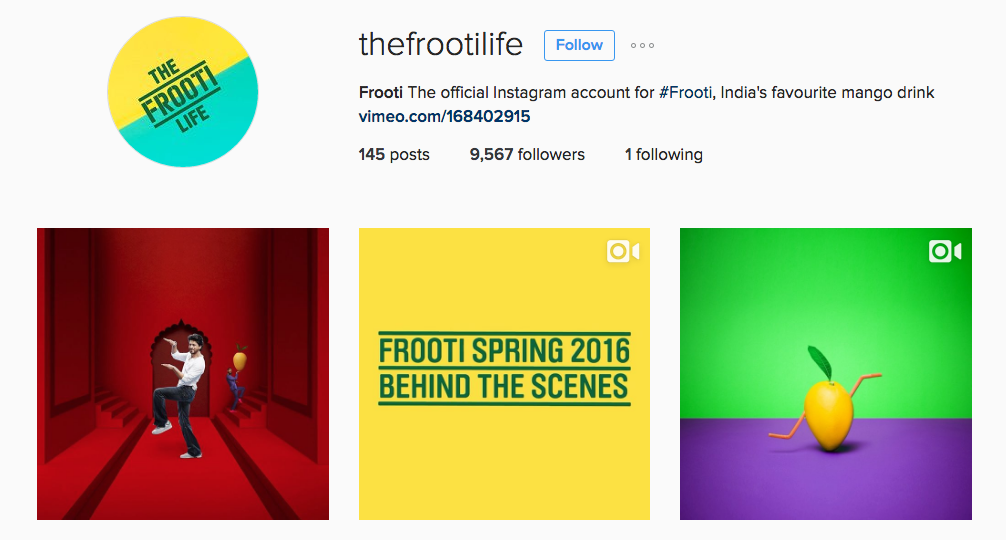Instagram cheat sheet
What is Instagram?
Instagram is a photo and video sharing social network.
Like other social networks, you get a profile and a newsfeed where new posts from accounts you follow will appear. You can post your own photos, and there is also a “regram” option (like a retweet) so you can share photos from other accounts with your followers.
Why use Instagram?
Before we look at how to use Instagram, it’s probably sensible to look at why you should use it before investing time and resources developing a presence.
Instagram boasts the highest engagement rate of any social network with an average post engagement of 4.21% (versus Facebook’s <1% average post engagement).
It is a highly visual platform, and represents a very effective way to share visual content with a social audience. It also offers excellent opportunities for audience engagement – ASOS and Starbucks are two brands that are particularly good at this.

Instagram also offers paid advertising options available through Facebook’s Ads Manager dashboard (for those who don’t know, Facebook owns Instagram).
Top tips
The following tips are designed to help you use Instagram to effectively engage with your audience.
Content strategy
The best brands develop a content strategy with clear objectives to deliver content that’s on-brand, well-crafted and audience-appropriate. Instagram for business has plenty of advice on this matter, as well as some other tips for getting started.

Use hashtags
Similar to Twitter, hashtags are a way to categorise posts and make them searchable by (and visible to) accounts that don’t follow you.
However, unlike Twitter’s 140 character Tweet limit, Instagram captions can extend up to 2,200 characters. While it’s really not recommended that your captions are that long, this does mean that it’s perfectly acceptable to make liberal use of (relevant) hashtags.
You can use the “explore” page to find out the most popular hashtags related to the type of content you wish to share.
Good quality photos

Instagram is a visual platform, so high quality photos are a must.
Unless you are lucky enough to have an in-house photographer at your disposal, it is well worth investing a little time and energy in brushing up on your photography skills.
There is a wealth of information available on how to take better photos for Instagram, but this Buzzfeed article is a good place to start.
Use other photography apps
Instagram has plenty of filters and photo editing options. However, there are lots of other good photography apps to experiment with too. Popular options include VSCO and Retrica.
Instagram also has two related tools – Hyperlapse and Layout.
Hyperlapse allows you to shoot short time-lapse videos, while you can combine multiple images into a single collage-type image using Layout. Both are useful to add some variety to your Instagram posts. Below is an example of a hyperlapse video from Visit Copenhagen.
Captions
Captions are useful to add context to your posts, or to link posts into a narrative. Brand storytelling is a popular technique to use on Instagram and great for driving engagement, here are some good examples of how it can be done.
Embed your posts
Instagram provides embed codes for all posts allowing these to be embedded in blogs or on websites. This can help to drive traffic towards your profile and increase engagement.
Do you have any tips of your own? Feel free to share in the comments below or email us with your suggestions on [email protected].